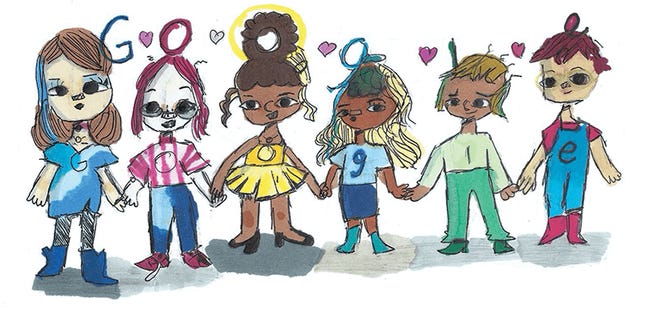 A robot named Curly just mastered the sport of curling, beating two Korean national teams. Building a robot to fire stones down a length of ice might sound eccentric, I’ll grant that, but rather than simply paving the way to the All Robot Winter Olympics of 2026, Curly is actually a big achievement in machine intelligence, one that could have implications for robotics beyond the rink. The physicality of curling lies in the incredible precision required to set a stone on its course before releasing it at the hogline, giving it a spin to make it hook left or right while putting enough force behind it to land it in the house. The strategy comes from making sure your opponent doesn’t instead get their stones closest to the center of the house. For instance, a team can give a stone enough oomph to both bump out one of the other team’s stones, and with that collision halt their own stone on the target.
A robot named Curly just mastered the sport of curling, beating two Korean national teams. Building a robot to fire stones down a length of ice might sound eccentric, I’ll grant that, but rather than simply paving the way to the All Robot Winter Olympics of 2026, Curly is actually a big achievement in machine intelligence, one that could have implications for robotics beyond the rink. The physicality of curling lies in the incredible precision required to set a stone on its course before releasing it at the hogline, giving it a spin to make it hook left or right while putting enough force behind it to land it in the house. The strategy comes from making sure your opponent doesn’t instead get their stones closest to the center of the house. For instance, a team can give a stone enough oomph to both bump out one of the other team’s stones, and with that collision halt their own stone on the target. The researchers couldn’t just put Curly out on the rink and have it experiment with different throws, like a human would do to master the sport. This is, in general, a massive problem in robotics: It takes way too long for a machine to learn by trial and error in the real world, and it’s liable to hurt itself by trying some far-fetched maneuver and falling over. So instead, the team built a simulation of a curling game for a digital version of Curly to play around in. In this simulation, the researchers approximated the physics of the real world as best they could, but they were also missing some information because of the peculiar physics of curling. As machines grow more advanced and find more real-world applications, they’ll frustrate the heck out of us if they remain as unadaptable and rigid as bread sticks. Just as Curly learns from its practice throws, so too must other robots adapt to the chaos of a home, office, or street, and not just stubbornly try things that no longer work. There’s no Olympic gold medal for property destruction, after all.
Credits:
https://www.wired.com/story/meet-curly-the-curling-robot-that-beats-the-pros/?utm_medium=social&mbid=social_twitter&utm_social-type=owned&utm_source=twitter&utm_brand=wiredll








